'Best' Hood vs. Ventahood
seasidetomato
13 years ago
Featured Answer
Sort by:Oldest
Comments (24)
amcook
13 years agolast modified: 9 years agoseasidetomato
13 years agolast modified: 9 years agoRelated Professionals
Beavercreek Kitchen & Bathroom Designers · East Peoria Kitchen & Bathroom Designers · Lenexa Kitchen & Bathroom Designers · Pleasant Grove Kitchen & Bathroom Designers · Springfield Kitchen & Bathroom Designers · Beachwood Kitchen & Bathroom Remodelers · Artondale Kitchen & Bathroom Remodelers · Channahon Kitchen & Bathroom Remodelers · Lynn Haven Kitchen & Bathroom Remodelers · Drexel Hill Cabinets & Cabinetry · Sunset Cabinets & Cabinetry · Tooele Cabinets & Cabinetry · Wheat Ridge Cabinets & Cabinetry · Wildomar Cabinets & Cabinetry · Central Cabinets & Cabinetryamcook
13 years agolast modified: 9 years agodeeageaux
13 years agolast modified: 9 years agoantss
13 years agolast modified: 9 years agodeeageaux
13 years agolast modified: 9 years agocp_cambrdge
13 years agolast modified: 9 years agoseasidetomato
13 years agolast modified: 9 years agoantss
13 years agolast modified: 9 years agosalmon_slayer
13 years agolast modified: 9 years agosyed-reza_hotmail_com
13 years agolast modified: 9 years agocooksnsews
13 years agolast modified: 9 years agokatiecakes
13 years agolast modified: 9 years agokitchenkat
13 years agolast modified: 9 years agoAndrew Mazer
8 years agolast modified: 8 years agoP B
4 years agokaseki
4 years agolast modified: 4 years agosarah hossain
3 years agokaseki
3 years agokaseki
3 years agosarah hossain
3 years agowick158
2 years agolast modified: 2 years agokaseki
2 years ago
Related Stories

KITCHEN DESIGNHow to Choose the Right Hood Fan for Your Kitchen
Keep your kitchen clean and your home's air fresh by understanding all the options for ventilating via a hood fan
Full Story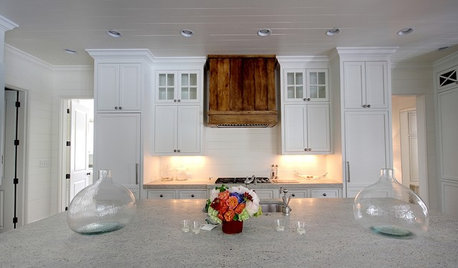
KITCHEN DESIGNWood Range Hoods Naturally Fit Kitchen Style
Bring warmth and beauty into the heart of your home with a range hood crafted from nature's bounty
Full Story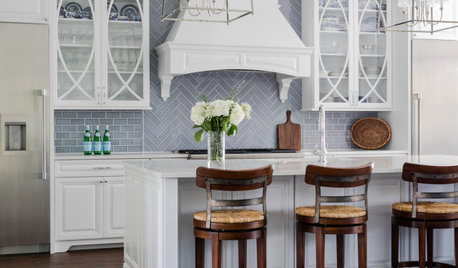
KITCHEN DESIGN10 Terrific New Ideas for Wrapped Range Hoods
See how designers use various materials and ornamentation to play up or play down a covered kitchen range hood
Full Story
KITCHEN DESIGNWhat to Know When Choosing a Range Hood
Find out the types of kitchen range hoods available and the options for customized units
Full Story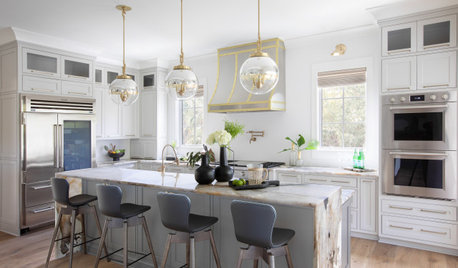
KITCHEN DESIGNDesigner Tips for Range Hoods, Appliances and Lighting
Learn how to get your microwave height just right, what kind of bar stool will be most comfortable and more
Full Story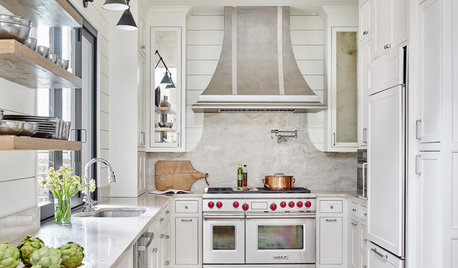
KITCHEN APPLIANCESHouzz Call: Show Us Your Creative Range Hood
Have you customized your kitchen’s range hood? Please tell us all about it
Full Story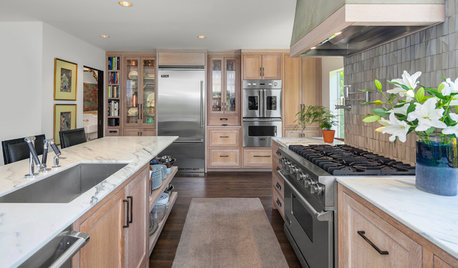
KITCHEN MAKEOVERSOak Cabinets and a Stucco Hood Add Texture to This View Kitchen
Lake Washington is visible from the island in this renovated Seattle kitchen, designed with functional zones and a deck
Full Story
KITCHEN APPLIANCESThe Many Ways to Get Creative With Kitchen Hoods
Distinctive hood designs — in reclaimed barn wood, zinc, copper and more — are transforming the look of kitchens
Full Story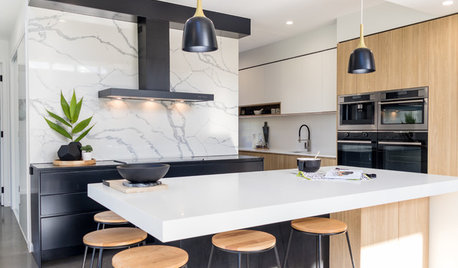
KITCHEN DESIGNHow to Get Your Range Hood Right
Get a handle on the technical specs, and then learn about fun design options for creating a beautiful kitchen feature
Full Story
KITCHEN DESIGNA Cook’s 6 Tips for Buying Kitchen Appliances
An avid home chef answers tricky questions about choosing the right oven, stovetop, vent hood and more
Full Story





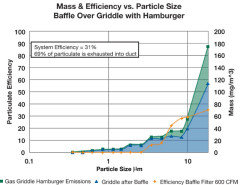
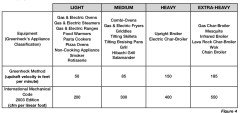
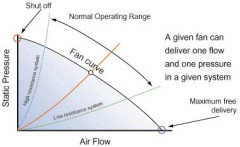

woodsrider